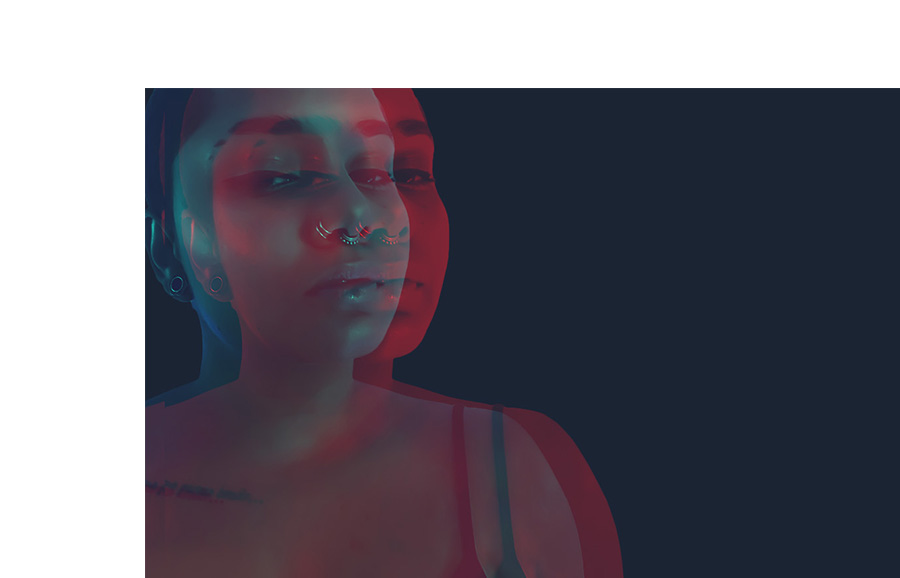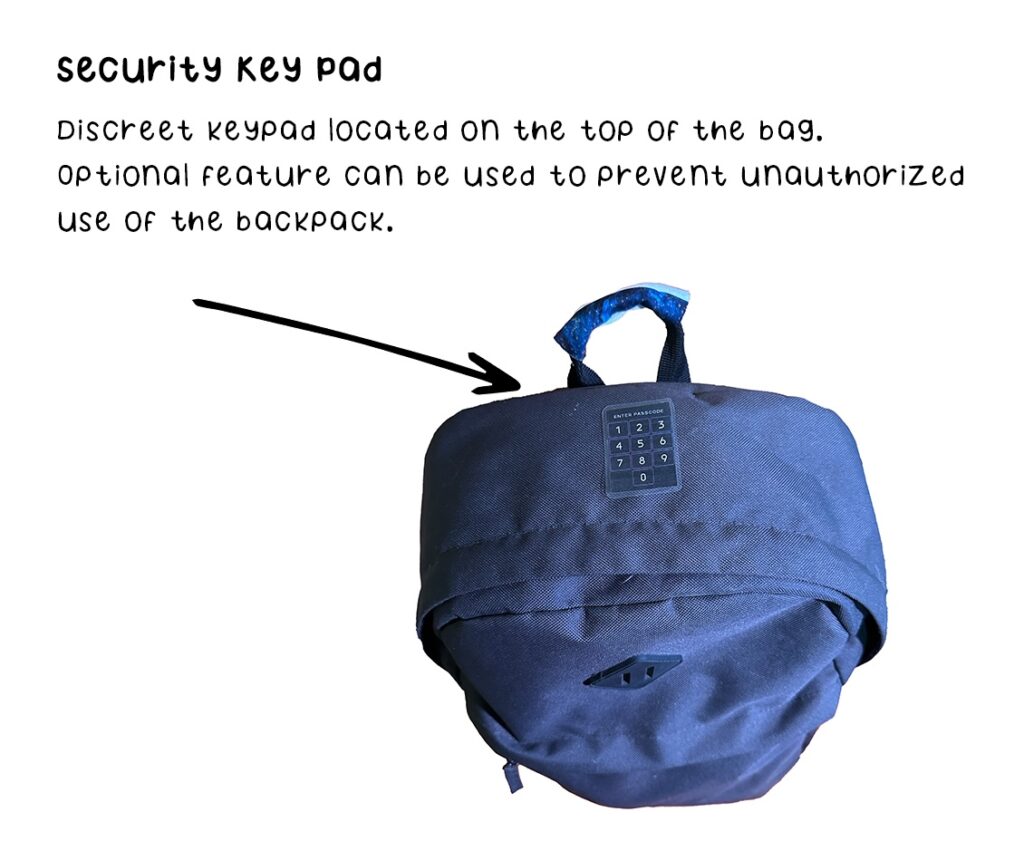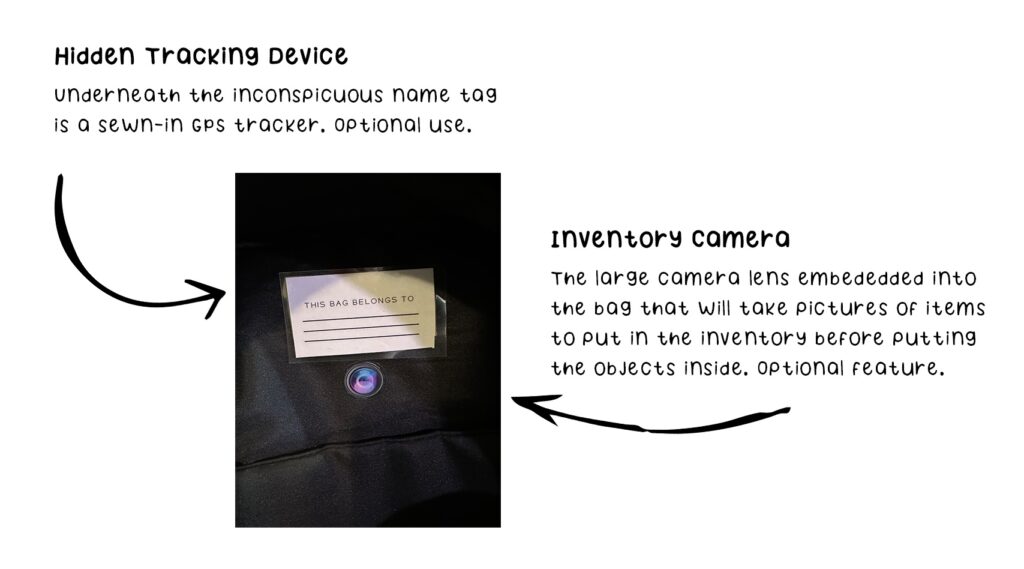Storyboards
We created a storyboard to visualize how users would interact with the E-Pak in real-life scenarios, which helped us refine the design to meet their needs more effectively. By mapping out each step—like charging devices on the go, using the passcode lock, and accessing the inventory list—we could anticipate potential challenges and clarify how the backpack’s features would fit into daily routines. This process allowed us to communicate the backpack’s functionality more clearly, ensuring that each design decision aligned with a seamless user experience.



















